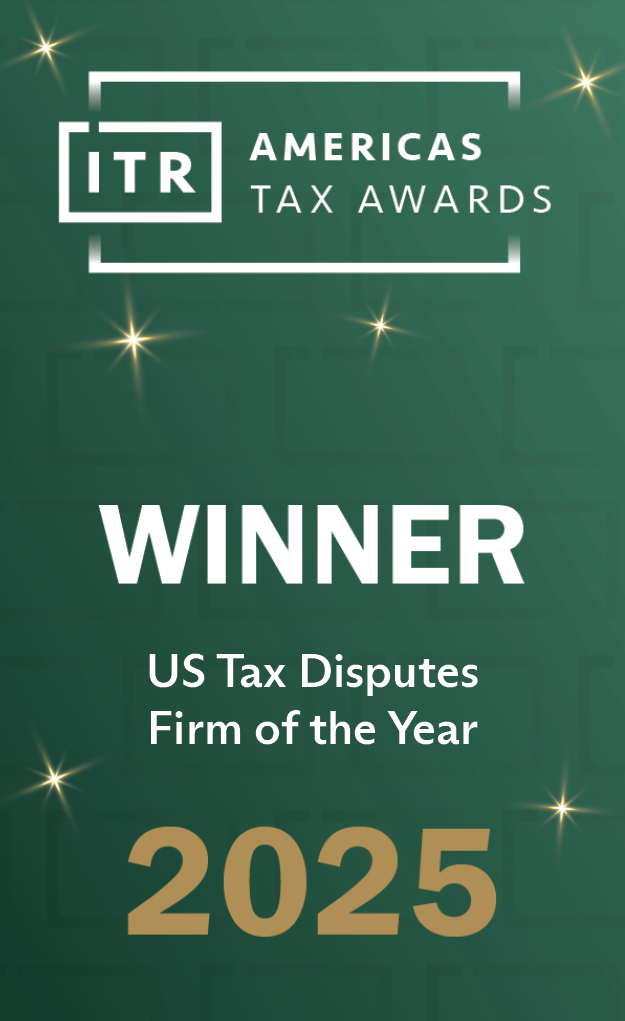On May 31, 2019, the Treasury Inspector General for Tax Administration (TIGTA) released a report indicating that changes may be in the works regarding assertion of accuracy-related penalties in examinations handled by the IRS Large Business & International (LB&I) Division.
The TIGTA report reviewed the results of closed LB&I examinations for the fiscal years 2015 through 2017 and concluded that the IRS assessed accuracy-related penalties upon only 6% of the 4,600 examined returns with additional tax assessments of $10,000 or more. In comparison, the IRS Small Business / Self Employed (SB/SE) Division assessed accuracy-related penalties upon 25% of its examined returns with additional tax assessments of $10,000 or more.
TIGTA concluded that accuracy-related penalties are infrequently proposed by LB&I, and that LB&I examiners propose penalties at proportionally lower rates than their colleagues in SB/SE. Further, TIGTA found that LB&I examiners did not always consider or justify accuracy-related penalties, and that supervisors were not always involved in penalty development or approval. TIGTA recommended—and the IRS agreed—that examiners should receive increased training on procedures and criteria for assertion of accuracy-related penalties. Further, the IRS agreed with TIGTA’s recommendations to update the Internal Revenue Manual’s guidelines regarding supervisory approval of penalties, and to improve LB&I’s quality review systems regarding assertion of penalties. TIGTA also recommended further study of the issue, and the IRS agreed in part with this recommendation.
Practice Point: The TIGTA report strongly indicates that LB&I examiners and their supervisors will be increasing their scrutiny regarding accuracy-related-penalty criteria in examinations, as exam teams will likely be asked to provide more detailed justifications and explanations for decisions not to assert penalties in appropriate cases, moving forward. This could result in greater assertion of accuracy-related penalties by LB&I in the future. Accordingly, taxpayers would do well to consider penalty-abatement strategies like qualified amended returns and Rev. Proc. 94-69 disclosures at the opening of—and even before—an LB&I exam. Justifying the original reporting position and documenting the advice supporting it may become even more important in convincing examiners that penalties are not appropriate.
Also, TIGTA noted that, among the group of taxpayers upon whom LB&I asserted penalties in its study, there were 308 cases in which the taxpayer chose to take their cases to IRS Appeals. IRS Appeals either eliminated or decreased penalties in 183 of these appealed cases—i.e., almost 60% of the cases. These statistics demonstrate that IRS Appeals remains a worthwhile option for pre-litigation resolution of accuracy-related penalties.







